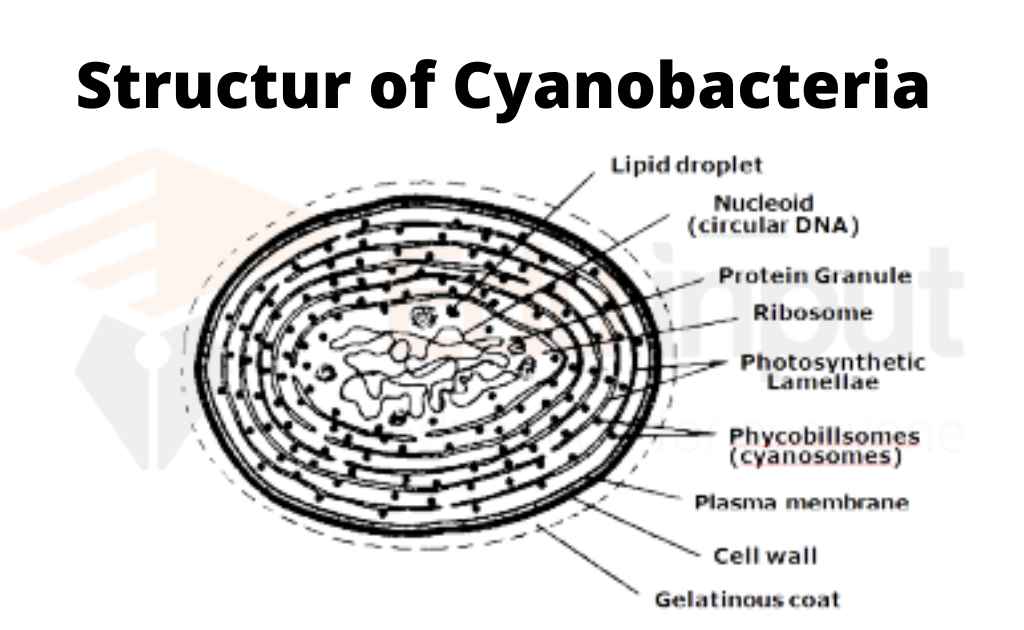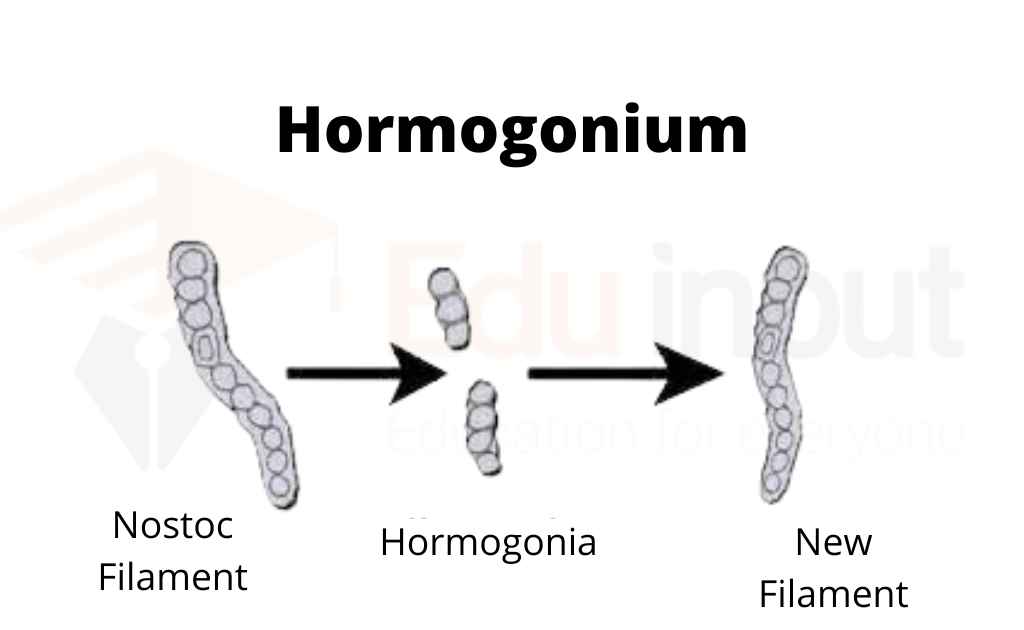Cyanobacteria – Characteristics, Structure, Reproduction, and Classification
Cyanobacteria are the largest and most diverse group of photosynthetic bacteria. They were previously known as blue-green algae. Cyanobacteria are single-celled organisms that live in water or soil. They produce oxygen through photosynthesis, which makes them essential to life on Earth.
They are also responsible for producing some of our planet’s most valuable commodities, such as pharmaceutical drugs, biofuels, and bioplastics. In fact, they are estimated to account for over half of the earth’s total primary production.
Characteristics of Cyanobacteria
They show the following characteristics:
- They are single-celled and prokaryotic organisms that lack a membrane-bound nucleus, organelles, and other internal structures.
- They vary in size and shape. Some cyanobacteria are unicellular while others form colonies of different shapes. A filament is a chain of cells, and each one is surrounded by a sticky sheath. This sheath is called a trichome. Trichomes can be either branched or unbranched.
- Though they lack flagella, certain species are known to move laterally in water through the use of gas vesicles. This is in addition to the gliding movements commonly observed in filamentous organisms.
Structure of Cyanobacteria
Cyanobacteria has the following parts:
Cell Wall And Mucilaginous Sheath:
They have primitive cell types, a cell surrounded by a cell wall. The cell wall is composed of cellulose and pectic substances. Mucilage form a sheath around the cell. Sheath increases the water holding capacity of the cell. The color of the sheath protects the cell from strong light.

Protoplast:
There are two parts of Protoplast:
(a) Centroplasm: The central region is colorless called cytoplasm. Centroplasm has a central body which contains chromatin material. The nuclear material is not present in the form of chromosomes. The nuclear material is present in the form of crystalline granules. It may be called the primitive nucleus. But it lacks a nuclear membrane and nucleolus.
(b) Chromoplasm: The outer region is blue-green pigmented. It is called chromoplast. Chromoplasm contains pigments chlorophyll. carotene, myxothanhophyll, and phycocyanin, oil droplets and glycogen. Certain gas vesicles are also present in it.
Photosynthetic System:
Cyanobacteria are unique from other photosynthetic organisms in that they have a eukaryote-like chlorophyll system, as well as phycobilins which give them their blue pigment. They are also able to use water as an electron donor and release oxygen during photosynthesis. This makes them an oxygenic photosynthesizer.
Their photosynthetic pigments and components of their electron transport chain are located within the thylakoid membrane. These pigments are linked with particles called phycobilisomes. Cyanobacteria fix CO₂ through the Calvin Cycle.
Reproduction in Cyanobacteria
Sexual reproduction is absent in cyanobacteria. It reproduces asexually by following methods:
1. Binary Fission
It is a simple cell division exhibited by bacteria. In this The genetic material replicates, and move to opposite poles. A ring like outgrowth appears in the middle of the cell. It divides the cell into two daughter cell.
2. Fragmentation
The filament of the cyanobacteria breaks from small fragments. Each filament grows to form a new colony.
3. Hormogonia
When a filament breaks, the resulting pieces are called hormogonia. These pieces are double concave discs of gelatinous material that form between two cells. They are also known as separation discs. When filaments break, they do so at these points and release the hormogonia.

4. Hormospores
Under unfavorable conditions. some hormogonia develop thick walls.
They are called homosporous. They germinate directly into a new filament in favorable conditions.
5. Plancocci
These are single-celled hormones. They show creeping movements. Plancocci develops a new colony.
6. Spore Formation
There are the following types of spores:
a) Akinetes or Arthrospores:
Akinetes are thick-walled reproductive cells.
These cell stores reserve food and secretes thick wall and become akinete. Akinete has an outer wall exospore and an inner wall endospore. They are yellow or brown colored. The akinete germinate immediately after raining.
b) Endospores:
Some cyanobacteria develop endospores. The protoplast divides and develops endospores. The old cell wall bursts and endospores come out.
Classification Of Cyanobacteria
Cyanobacteria are classified into following orders
- Chroococcals
- Chamaesiphonals
- Hormonogonala

 written by
written by 



Leave a Reply